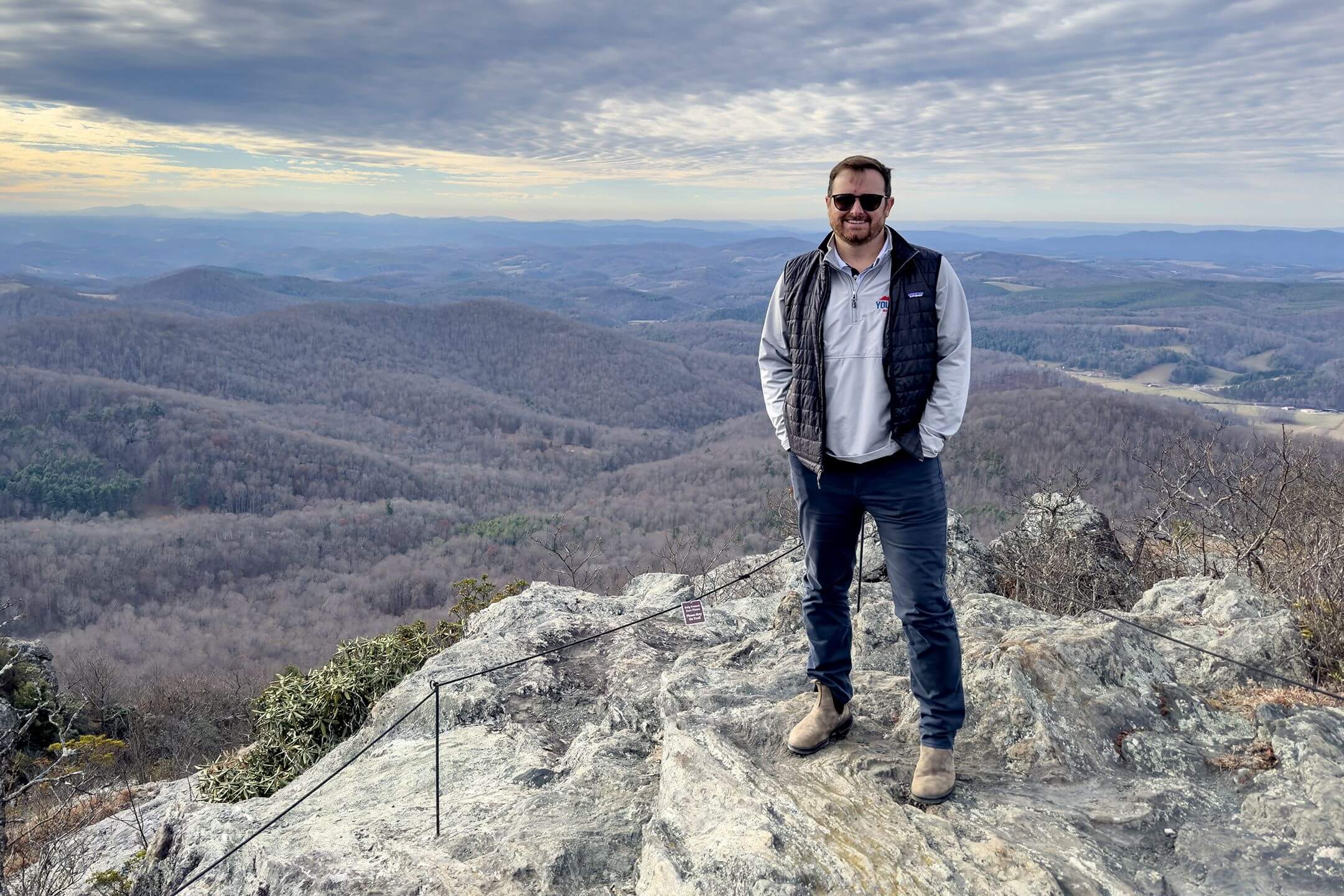A manmade pond is a place to fish and see wildlife. It adds to the view from the house. And it's a good place to take the grandchildren.
But did you ever notice what some people do when they get a lake lot, or make a pond?
After choosing the house or cabin site, they declare war on all vegetation except perhaps a few of the largest trees.
Chain saws and weed trimmers roar and machetes whack from the high ground all the way to the water's edge. Ask them why, and they say, "so we can see the water."
I agree that "seeing water" can have some therapeutic effect. But how much water do you need to see?
After the clearing comes mowing -- weekend mowing, hot- weather mowing, noisy mowing, endless mowing and mindless mowing. Eventually anyone can visit every shoreline point on a grass carpet.
But how much mowing and clearing do you want?
A glimpse of the water invites you to go exploring. A couple of clean-mowed access points is a plus. But if you can see the whole edge you have no sense of adventure. Nothing further needs exploring.
Leaving wild places along the shore is more intriguing. Not seeing all the water provides a sense of mystery.
How steep and deep do you want the edges?
If the pond was built for fish production, the edge slopes steeply to deep water. This way there is little room for rooted aquatic plants like cattails, pickerelweed and arrowhead.
Steep edges allow fewer hiding places for little fish. That way the big fish can catch the little ones. Steep edges allow easier access to deep water and easier fishing from the bank.
But deepening pond edges means fewer rooted aquatic plants, too. That means fewer water insects, turtles, snakes, ducks, tadpoles, frogs, marsh wrens, egrets and herons, snails, crayfish, red-winged blackbirds ... fewer living things that add up to what biologists call diversity.
What good is diversity?
It's less boring. And wild, diverse environments are more stable than simple ones. If you're a wildlife lover with a pond in view of the house, you might want to see a greater variety of water life.
Do you want sun or shade on the water's edge?
The shade of large shoreline trees can control weeds. If you want a clear place, it's easier to maintain in shade. Some sunny places and some shady places make a nice mix.
Don't let large trees grow on the dam, though. If they die and the roots rot they may allow leaks to develop along the root channels.
What if a tree falls into the pond?
You can clean it up. Or you can let it lie as a hiding place for fish and a basking log for turtles.
Do you want clear, greenish or muddy water?
Steep-sided ponds allow efficient use of fertilizer to produce that greenish plankton bloom that's much of the base of the fish food chain.
A shallow-tapering edge full of rooted marsh plants tends to make for clearer water. These plants suck nutrients from the water. And that reduces plankton "blooms."
Very steep banks that project above the waterline allow waves to slap them. That muddies the water.
You can see such ugly, eroding shorelines at many large lakes. I dislike them. Muddy water reduces some fish's feeding success because they can't see as well to find prey.
Do you want mowed edges or wild weeds, steep or shallow banks, shady or sunny shores, and clear, muddy or green water? It's up to you.






